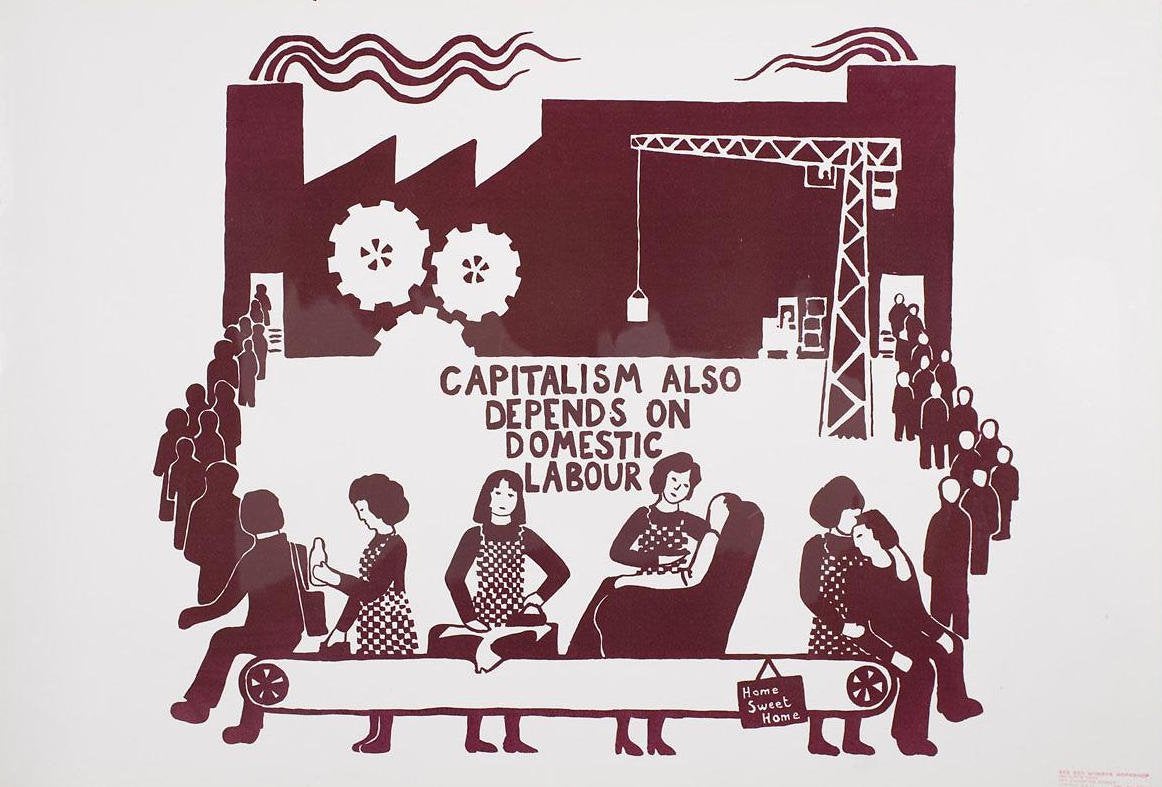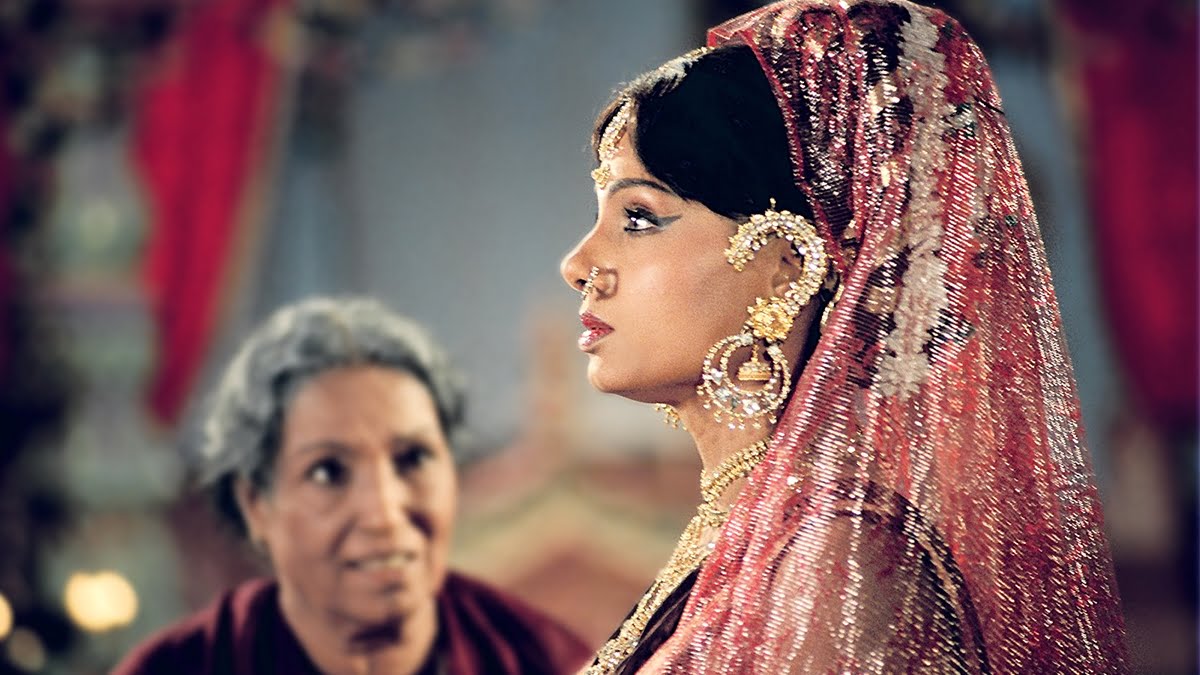Indian mythologies, very conveniently fit into the structure of tragedies, laid out by Aristotle. While we have been trained by our cultures and Aristotle to attend to the tragic heroes of these stories, tragic heroines, whether mythical or real, go unacknowledged.
The second wave, confining us to our homes once again, has brought me into re-watching the telecast of the Ramayana. However, this time, with an eye that looks for parallels between Indian myths and Indian realities, taking the religion out of the story.
However, the tragic heroines, who can be recognised with the classic trait of indefatigable strength, are not given the same position. Their emotional labour gets disguised into love, ideal femininity and their responsibilities towards the reproductive sphere – a sphere outside which, they hold no identity
Analysing the Aristotelian elements of a tragedy, The Ramayana, comes off as a classic Greek tragedy, with Lord Ram, as its tragic hero. Etymologically, the term hero, derived from the Greek language, represents a person of unshaken courage in the most adverse of times. Aristotle’s hero comes with another set of characteristics, that Lord Ram, undeniably abides by. These traits, as Aristotle puts it, only deem fit for men. The purpose of this piece is to reimagine those characteristics by making the center of the narrative, the untheorised female protagonist.

Ram’s wife, and mother, Ravan’s partner and the other women characters have been symbols of love and emotional labour throughout the narrative. I refer to them in relation to the male protagonists and antagonists, because the role of women, as our conditioning dictates, has been limited to the same. While Sita accompanies her husband to live in exile, Ram’s mother spends her years in longing for her son.
Also read: A Feminist Reading Of Supporting Female Characters From Indian Epics
However, the tragic heroines, who can be recognised with the classic trait of indefatigable strength, are not given the same position. The reversal of their fortune, or as Aristotle calls it, ‘peripeteia’, depends wholly upon the fortune of their tragic heroes. Their emotional labour gets disguised into love, ideal femininity and their responsibilities towards the reproductive sphere – a sphere outside which, they hold no identity. The ‘Hamartia’, or the tragic flaw, common to both the myth and reality of these women is that they all fall on the wrong side of the binary, the other side.
From myth to reality: Women remained untheorised heroines
What should concern us today, however, is not the absence of the theorization of tragic heroines from literary theory, but the transfer of those idealised forms of womanhood onto the women of today.
Sexual division of labour at home, passing off as the love of a wife/mother/daughter-in-law has increasingly created a condition of triple-burden for women, as many scholars point out. According to the Indian arm of Oxfam, women and girls put in 3.6 billion hours of unpaid home-based work in a year, which has worsened through the pandemic. Home confinement has put most of us through the work-from-home model, but it’s effect of women has been doubly as hard.

The exclusion of women’s labour, under the disguise of love, serves to confine them to the bottom of the hierarchy, both, inside their homes and in the world outside their homes. Within homes/houses, these ideals playout to justify and perpetuate gender-related discrimination, where the historically constructed image of the sole breadwinner enables the man to enjoy absolute power, attention and authority
The housewifization of Indian women is evident from that fact that the contribution of Indian women to the GDP is one of the lowest in the world. Systematically pushed into the informal economy of unpaid, low paid and exploitative work, Indian women have consistently fallen out of the workforce.
Marginalized identities such as caste and class along with gender have been complicit in the same. For instance, the presence of an overwhelming majority of women in home-based & contractual work results from the restrictions on their participation in the public sphere. These restrictions as seen in households built upon Brahmanical patriarchy is an attempt to guard women’s sexual purity. Lower caste households have followed suit in order to mobilise upwards in the caste hierarchy out of social pressure.
The capitalist system has tirelessly worked towards exploiting the cheap labour pool of women in India, by increasingly recruiting them for home-based work. Such a mechanism not only feeds into their cost-effective agendas, but also fulfils the patriarchal agenda of keeping women inside the domestic sphere, playing the roles of a loving wife and a caring mother.
Hence, Indian women carry out their labour between the blurring boundaries of work-place and home, aligning their lives with the lives of those at the right side of the binary – the theorised, androcentric side.
The age of capitalism is also an age of blurring boundaries, under which, the entire world has become a global village. The heteropatriarchal capitalist system thrives upon the competing ideals of love and labour, that coincide with the dichotomies of home and the world.

The exclusion of women’s labour, under the disguise of love, serves to confine them to the bottom of the hierarchy, both, inside their homes and in the world outside their homes. Within homes/houses, these ideals playout to justify and perpetuate gender-related discrimination, where the historically constructed image of the sole breadwinner enables the man to enjoy absolute power, attention and authority.
Thus, the men continue to be the tragic heroes, while women live on as the untheorised tragic heroines, absent from both – myth & reality.
Also read: ‘Baap Ko Mat Sikha’ — How Ramayana Reflects The Transgenerational Trauma Within Indian Families
Majoring in Women’s Studies from TISS, Prachi is an aspiring journalist, and a research enthusiast. With a background in Media & Communication, English and Psychology, she is also passionate about music, and has been a learner of Hindustani classical music for over 12 years. Her areas of interest include Gender & Livelihoods, intersectional identities, and politics. You may find her on Instagram




